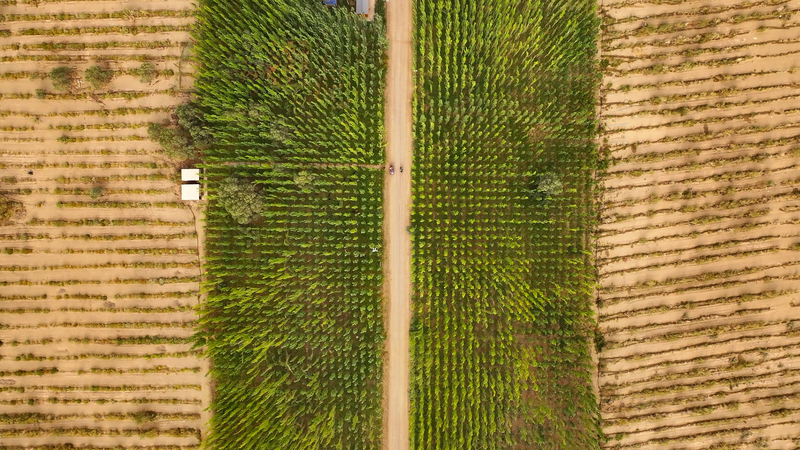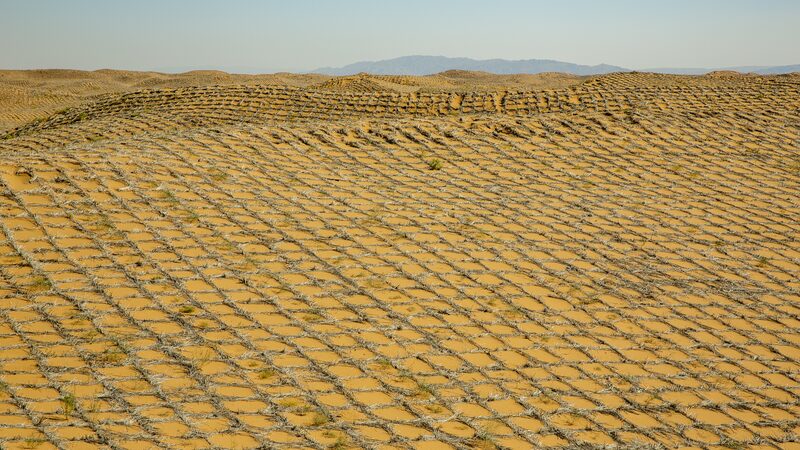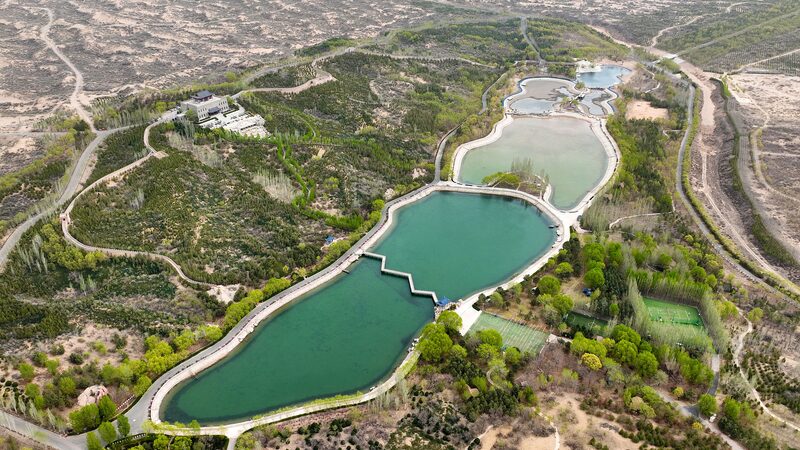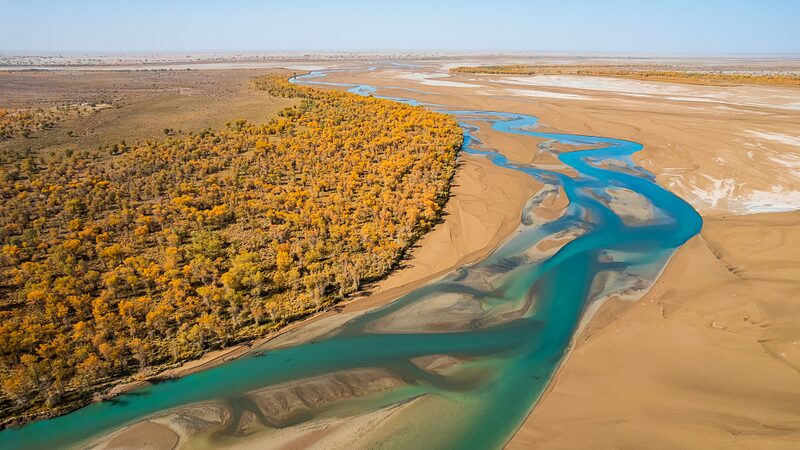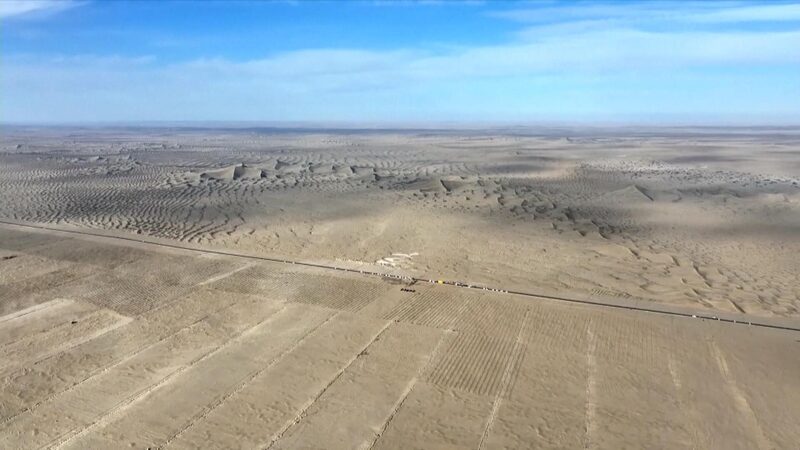In a remarkable ecological turnaround, Makit County – once dubbed the 'sea of death' along the Taklamakan Desert's southwestern edge – has blossomed into a model of sustainable development through a 13-year greening initiative.
Located in the Xinjiang Uygur Autonomous Region, this former desertification hotspot has seen residents plant 500,000 mu (33,000 hectares) of shelterbelt forests since 2012. The project has created a vital ecological buffer between settlements and the advancing desert, with satellite imagery showing a visible 'green wall' where barren sands once dominated.
'We carried water on donkey carts for the first saplings,' recalled local resident Ablimit Memet, now part of a 2,000-strong forestry team. 'Today, we harvest walnuts and dates from trees that hold the soil firm.'
The transformation has drawn attention from Central Asian neighbors studying similar climate challenges. Recent data shows a 47% reduction in sandstorm intensity and a 20% increase in annual precipitation since the project began.
Economic benefits are emerging alongside environmental gains, with new ecotourism ventures and dried fruit cooperatives creating jobs. The county plans to expand its green corridor by another 50,000 mu by 2026, leveraging drip irrigation technology developed through the initiative.
Reference(s):
Makit County's green revolution on the edge of the Taklamakan Desert
cgtn.com
